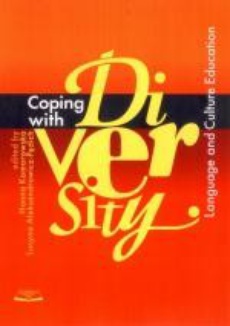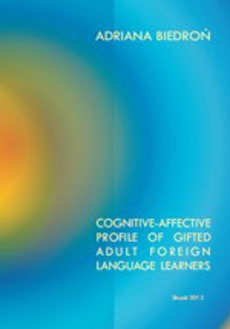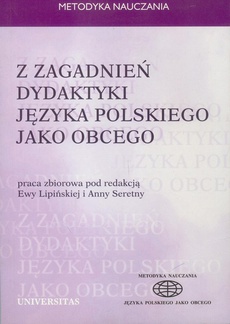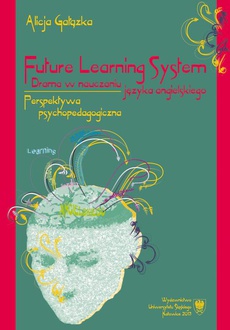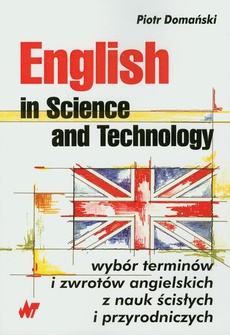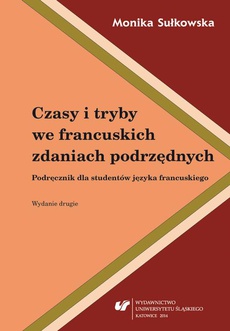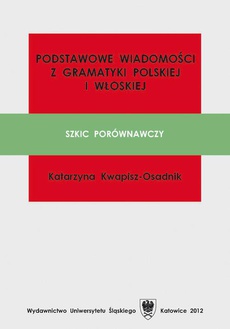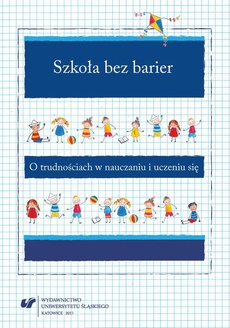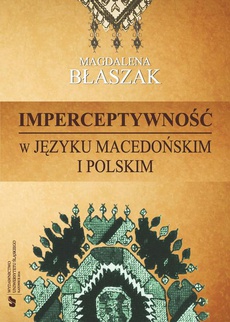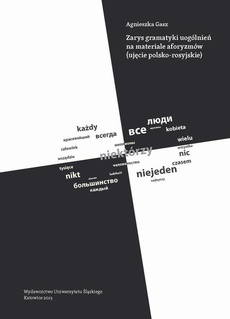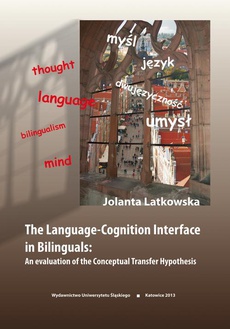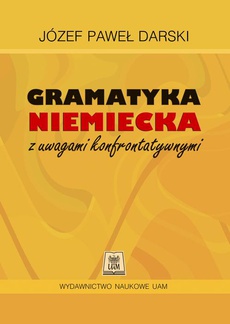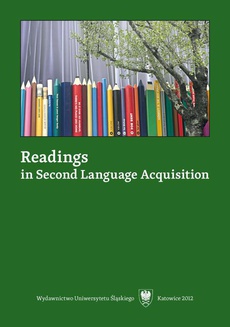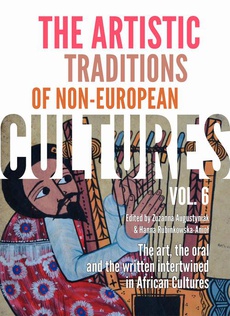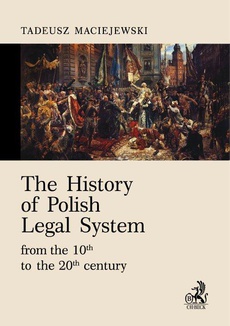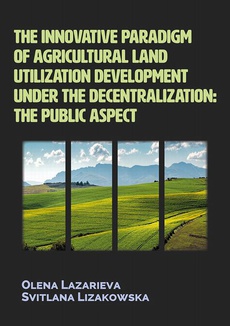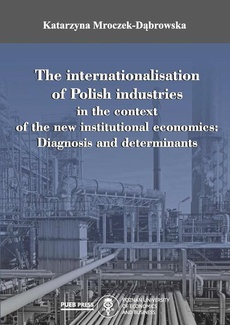INNE EBOOKI AUTORA
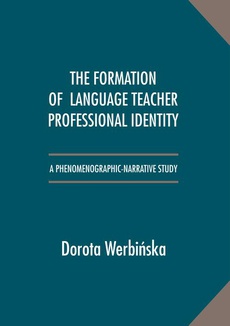
-20%
The Formation of Language Teacher Professional Identity
A Phenomenographic–Narrative Study
Autor:
Format:
pdf, ibuk
It is because I see the examination of teacher identity as fundamental to understanding who teachers are and what they do in the language classroom that I have chosen to write this book. I hope this endeavour helps the area of language teacher identity research advance and better shapes our understanding of the complex nature of the formation of language teacher identity.
| Rok wydania | 2017 |
|---|---|
| Liczba stron | 530 |
| Kategoria | Dydaktyka języków obcych |
| Wydawca | Wydawnictwo Naukowe Uniwersytetu Pomorskiego w Słupsku |
| ISBN-13 | 978-83-7467-274-0 |
| Numer wydania | 1 |
| Język publikacji | angielski |
| Informacja o sprzedawcy | ePWN sp. z o.o. |
POLECAMY
Ciekawe propozycje
Spis treści
| INTRODUCTION | 11 |
| CHAPTER ONE | |
| Identity: Selected Conceptual Issues | 18 |
| Introduction | 18 |
| 1.1 Theoretical Constructs of Identity | 18 |
| 1.1.1 Essentialist Concepts of Identity | 19 |
| 1.1.2 Poststructuralist Concepts of Identity | 21 |
| 1.1.3 Narrative and Discursive Concepts of Identity | 23 |
| 1.1.4 Identity Constructs – Summing up | 26 |
| 1.2 Basic Identity Distinctions | 27 |
| 1.2.1 Social Identity | 27 |
| 1.2.2 Personal Identity | 28 |
| 1.2.3 Professional Identity | 28 |
| 1.2.3.1 Marcia’s Statuses of Identity and Professional Identity | 29 |
| 1.2.3.2 Moral Development and Professional Identity | 31 |
| 1.3 Current Conceptualizations of Identity | 32 |
| 1.3.1 Wenger’s (1998) Communities of Practice | 33 |
| 1.3.2 Gee’s (2001) Identities | 34 |
| 1.3.3 Varghese et al.’s (2005) Views on Identity | 36 |
| 1.3.4 Clarke’s (2009) Diagram for Identity Work | 36 |
| 1.3.5 Benson et al.’s (2013) Facets of Identity | 38 |
| 1.3.6 Pennington’s (2015) Frames of Teacher Identity | 38 |
| 1.3.7 Trent’s (2015) Framework | 39 |
| 1.3.8 Pulling it Together: A Diagram for Three-A Teacher Identity Framework (3ATIF) | 40 |
| 1.4 Conclusion of Chapter One | 43 |
| CHAPTER TWO | |
| Language Teacher Identity Framework: A Theoretical Perspective | 44 |
| Introduction | 44 |
| 2.1 The Construction of Professional Identity | 45 |
| 2.2 Language Teacher Affiliation | 46 |
| 2.2.1 Teacher Professionalism | 47 |
| 2.2.2 Ethicality | 49 |
| 2.2.3 Proximity and Positioning | 50 |
| 2.2.4 Imagined Communities | 53 |
| 2.2.5 Globality and Locality | 54 |
| 2.2.6 Investment | 55 |
| 2.2.7 Language Teacher Affiliation – Summing up | 56 |
| 2.3 Language Teacher Attachment | 57 |
| 2.3.1 Language Teaching Practice | 58 |
| 2.3.2 Traditional vs. Constructivist Teaching | 61 |
| 2.3.3 Language Teacher Attachment – Summing up | 62 |
| 2.4 Language Teacher Autonomy | 63 |
| 2.4.1 Teacher Agency | 64 |
| 2.4.2 Teacher Reflection | 66 |
| 2.4.3 Teacher Resilience | 68 |
| 2.4.4 Language Teacher Autonomy – Summing up | 69 |
| 2.5 Affiliation-Attachment-Autonomy – Summing up | 70 |
| 2.6 Other Theoretical Concepts | 72 |
| 2.6.1 Continuities | 72 |
| 2.6.2 Discontinuities | 73 |
| 2.7 Approaches to Language Teacher Change | 74 |
| 2.7.1 Norton’s Identity Approach | 74 |
| 2.7.2 Possible-Selves Theory | 76 |
| 2.7.3 Pulling it Together: A Diagram for Three-A Language Teacher Identity Framework (3ALTIF) | 78 |
| 2.8 Conclusion of Chapter Two | 78 |
| CHAPTER THREE | |
| Research on Language Teacher Identity: A Review | 81 |
| Introduction | 81 |
| 3.1 Investigating Identity | 82 |
| 3.1.1 Conversation Analysis | 82 |
| 3.1.2 Critical Discourse Analysis | 84 |
| 3.1.3 Narrative Analysis | 85 |
| 3.2 Research on Teacher Professional Identity | 86 |
| 3.2.1 North American Studies | 87 |
| 3.2.2 European Studies | 88 |
| 3.2.3 Australasia | 93 |
| 3.2.4 The Far East | 94 |
| 3.2.5 Israel | 94 |
| 3.2.6 South Africa | 94 |
| 3.2.7 Summary of General Education Teacher Identity Research | 95 |
| 3.3 Research on Language Teacher Professional Identity | 95 |
| 3.3.1 Language Teacher Identity: Focus on Identity Formation (Group One) | 96 |
| 3.3.2 Language Teacher Identity: Focus on Teacher Affiliation (Group Two) | 105 |
| 3.3.3 Language Teacher Identity: Focus on Teacher Attachment (Group Three) | 116 |
| 3.3.4 Language Teacher Identity: Focus on Teacher Autonomy (Group Four) | 122 |
| 3.3.5 Research on Teacher Identity in Poland | 129 |
| 3.4 Conclusion of Chapter Three | 132 |
| CHAPTER FOUR | |
| Empirical Research on Language Teacher Professional Identity: Methodology | 133 |
| Introduction | 133 |
| 4.1 Statement of Purpose | 133 |
| 4.2 Methodological Focus | 134 |
| 4.2.1 Phenomenographic Perspective | 136 |
| 4.2.2 Narrative Perspective | 138 |
| 4.3 Context and Participants | 141 |
| 4.4 Design of the Study | 142 |
| 4.4.1 Stage One | 143 |
| 4.4.2 Stage Two | 143 |
| 4.4.3 Stage Three | 144 |
| 4.4.4 Stage Four | 145 |
| 4.4.5 Four Teachers’ Trajectories | 146 |
| 4.5 Data Collection | 146 |
| 4.6 Data Analysis | 154 |
| 4.6.1 General Information | 154 |
| 4.6.2 Creating Phenomenographic Maps | 156 |
| 4.6.3 Restorying | 159 |
| 4.6.4 Working with Metaphors | 159 |
| 4.7 Researcher’s Position | 160 |
| 4.8 Characteristics of the Study | 162 |
| 4.8.1 Validity and Credibility | 162 |
| 4.8.2 Reliability and Dependability | 164 |
| 4.8.3 Generalizability and Transferability | 165 |
| 4.9 Methodological and Ethical Challenges | 165 |
| 4.9.1 Methodological Challenges | 166 |
| 4.9.2 Ethical Dilemmas | 167 |
| 4.10 Conclusion of Chapter Four | 169 |
| CHAPTER FIVE | |
| Empirical Research on Language Teacher Professional Identity: A Phenomenographic Study | 171 |
| Introduction | 171 |
| 5.1 Stage One: Aims and Context | 171 |
| 5.1.1 Preliminary Study | 172 |
| 5.1.1.1 Procedure | 173 |
| 5.1.1.2 Findings | 173 |
| 5.1.2 Affiliation-Shaped Identity | 179 |
| 5.1.2.1 Procedure | 180 |
| 5.1.2.2 Findings | 181 |
| 5.1.3 Attachment-Shaped Identity | 200 |
| 5.1.3.1 Procedure | 200 |
| 5.1.3.2 Findings | 201 |
| 5.1.4 Autonomy-Shaped Identity | 223 |
| 5.1.4.1 Procedure | 223 |
| 5.1.4.2 Findings | 223 |
| 5.2 Stage Two: Aims and Context | 230 |
| 5.2.1 Affiliation-Shaped Identity | 231 |
| 5.2.1.1 Procedure | 231 |
| 5.2.1.2 Findings | 232 |
| 5.2.2 Attachment-Shaped Identity | 247 |
| 5.2.2.1 Procedure | 248 |
| 5.2.2.2 Findings | 248 |
| 5.2.3 Autonomy-Based Identity | 270 |
| 5.2.3.1 Procedure | 270 |
| 5.2.3.2 Findings | 270 |
| 5.3 Stage Three: Aims and Context | 284 |
| 5.3.1 Procedure | 285 |
| 5.3.2 Affiliation-Shaped Identity | 286 |
| 5.3.3 Attachment-Shaped Identity | 310 |
| 5.3.4 Autonomy-Shaped Identity | 319 |
| 5.4 Stage Four: Aims and Context | 329 |
| 5.4.1 Procedure | 330 |
| 5.4.2 Affiliation-Shaped Identity | 331 |
| 5.4.3 Attachment-Shaped Identity | 349 |
| 5.4.4 Autonomy-Shaped Identity | 356 |
| 5.5 Discussion | 364 |
| 5.6 Conclusion of Chapter Five | 390 |
| CHAPTER SIX | |
| Empirical Research on Language Teacher Identity: Four Narrative Studies | 391 |
| Introduction | 391 |
| 6.1 Aims | 391 |
| 6.2 Participants | 392 |
| 6.3 Data Collection | 395 |
| 6.4 Data Analysis | 395 |
| 6.5 Narrative Stories | 397 |
| 6.5.1 Vera’s Story (She intended to become a language teacher and works as one) | 397 |
| 6.5.2 Peter’s Story (He intended to become a language teacher but doesn’t work as one now) | 408 |
| 6.5.3 Iza’s Story (She did not intend to become a language teacher but now works as one) | 420 |
| 6.5.4 Jacob’s story (He did not intend to become a language teacher and doesn’t work as one) | 427 |
| 6.6 Discussion | 434 |
| 6.7 Conclusion of Chapter Six | 442 |
| Conclusions, Limitations, Implications, and Further Research | 444 |
| REFERENCES | 453 |
| APPENDICES | 484 |
| Appendix A | 484 |
| Appendix B | 485 |
| Appendix C | 486 |
| Appendix D | 508 |
| Appendix E | 509 |
| Appendix F | 510 |
| Appendix G | 511 |
| Appendix H | 511 |
| List of Figures | |
| Figure 1-1: The creation of Teacher Identity Framework (3ATIF) | 41 |
| Figure 2-1: Language teacher affiliation subdomains | 56 |
| Figure 2-2: Language teacher attachment subdomains | 63 |
| Figure 2-3: Language teacher autonomy subdomains | 69 |
| Figure 2-4: The Three A Language Teacher Identity Framework (3ALTIF) | 79 |
| Figure 5-1: WTTFL statements and language teacher metaphors (Stage One) | 182 |
| Figure 5-2: WTTFL statements and language teacher metaphors (Stage Two) | 233 |
| Figure 5-3: WTTFL statements and language teacher metaphors (Stage Three) | 287 |
| Figure 5-4: WTTFL statements and language teacher metaphors (Stage Four) | 332 |
| Figure 5-5: Continuities and discontinuities-shaped 3ALTIF (Stage One) | 367 |
| Figure 5-6: Continuities and discontinuities-shaped 3ALTIF (Stage Two) | 373 |
| Figure 5-7: Continuities and discontinuities-shaped 3ALTIF (Stage Three) | 379 |
| Figure 5-8: Continuities and discontinuities-shaped 3ALTIF (Stage Four) | 384 |
| List of Tables | |
| Table 3.1: Overview of language teacher professional identity studies with a focus on teacher formation | 98 |
| Table 3.2: Overview of language teacher professional identity studies with a focus on teacher affiliation | 106 |
| Table 3.3: Overview of language teacher professional identity studies with a focus on teacher attachment | 117 |
| Table 3.4: Overview of language teacher professional identity studies with a focus on teacher autonomy | 123 |
| Table 4.1: Groups, stages of the study and the number of participants | 141 |
| Table 4.2: The employment of research instruments | 147 |
| Table 4.3: Excerpt of data transcription | 155 |
| Table 5.1: Ways of understanding language studies with a teaching profile | 174 |
| Table 5.2: Metaphors-derived images of teachers (Stage One) | 184 |
| Table 5.3: Affiliation-shaped identity (Stage One) | 188 |
| Table 5.4: Attachment-shaped identity (Stage One) | 202 |
| Table 5.5: Autonomy-shaped identity (Stage One) | 224 |
| Table 5.6: Metaphors-derived images of teachers (Stage Two) | 234 |
| Table 5.7: Affiliation-shaped identity (Stage Two) | 238 |
| Table 5.8: Attachment-shaped identity (Stage Two) | 249 |
| Table 5.9: Autonomy-shaped identity (Stage Two) | 271 |
| Table 5.10: Metaphors-derived images of teachers (Stage Three) | 288 |
| Table 5.11: Affiliation-shaped identity (Stage Three) | 293 |
| Table 5.12: Attachment-shaped identity (Stage Three) | 311 |
| Table 5.13: Autonomy-shaped identity (Stage Three) | 319 |
| Table 5.14: Information about participants and data collection in Stage Four | 330 |
| Table 5.15: Affiliation-shaped identity (Stage Four) | 334 |
| Table 5.16: Attachment-shaped identity (Stage Four) | 349 |
| Table 5.17: Autonomy-shaped identity (Stage Four) | 356 |
| Table 6.1: Case study participants | 394 |
| Table 6.2: Data collection instruments for constructing the participants’ stories | 395 |


